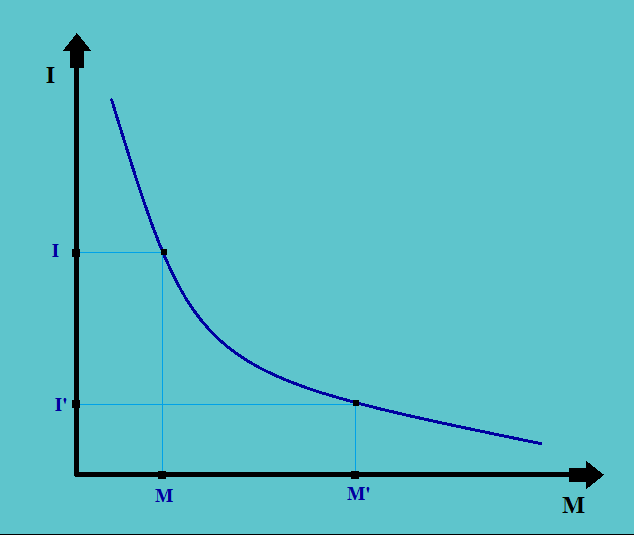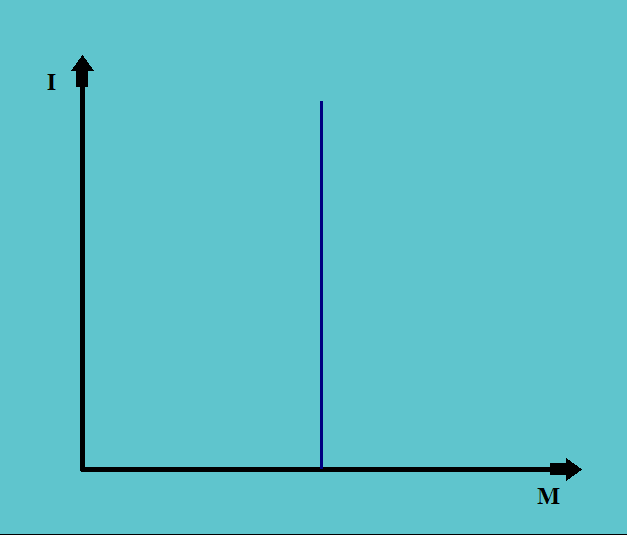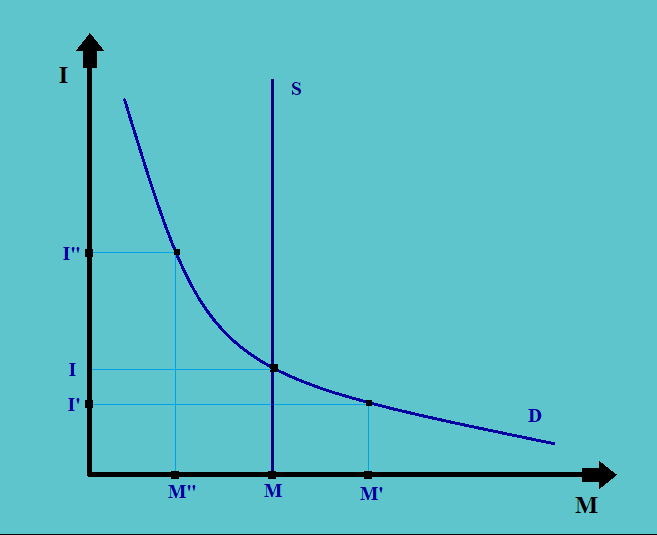1.1. The demand for Money
a. There are mainly three reasons/motives behind, why people would want to hold money:
i. Transactions-related motives: Transactions money balances are related to the need for liquidity for transactions and are positively related to GDP.
The transaction-related demand for money is pro-cyclical. However, the ratio of transactional balance to GDP is fairly stable.
ii. Precautionary motives: Precautionary money balances provide a buffer for unexpected events. These funds are also called the rainy day funds.
iii. Speculative motives: Portfolio demand for money, in which money is held in anticipation that other assets will decline in value.
The speculative demand for money is countercyclical, or inversely related to the asset yield. Speculative balances are lower when returns on other financial assets increase.
This demand is, however, positively related to the perceived risk.
b. The value of the transactional demand and precautionary demand for money forms a part of M1, i.e. the narrow definition of money. Whereas the speculative demand for money forms a part of M2, i.e. the broader definition of money.
c. The demand curve for the money supply is generally downward sloping.

On the x-axis, we take the money supply’s quantity, and on the y-axis, we take the interest rate because that is the price for the money. So when there is a fall in the interest rates there is an increase in the demand for money and vice-versa.
1.2. The Supply of Money
The supply of money is assumed to be fixed, but any change in the supply will affect the price level.

The supply curve is vertical (Nominal rate – Quantity of money), hence any changes in the demand for money will affect price levels and nominal interest rates.
1.3. Demand and Supply of Money
a. The money market equilibrium occurs at the point where the demand for money equals its supply.

b. If the interest rates in the economy are at level I”, the demand  for money is less than its supply. Due to excess supply, the interest rates start falling, up to the point where the demand equals the supply.
for money is less than its supply. Due to excess supply, the interest rates start falling, up to the point where the demand equals the supply.
c. On the other hand, if the interest rate in the economy is at the level I’, the demand for money is more than its supply. Excess demand pushes the interest rates upwards. This movement continues till the time the demand is not equal to the supply.